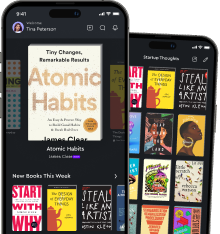Hamlet struggles with moral dilemma from "summary" of The Masks of Hamlet by Marvin Rosenberg
Throughout the play, Hamlet is constantly faced with difficult decisions that challenge his moral compass. One of the central dilemmas that he grapples with is the question of whether or not to seek revenge for his father's murder. On one hand, he is driven by a sense of duty and justice to avenge his father's death. However, on the other hand, he is conflicted by his own moral principles and the consequences of taking such drastic action. Hamlet's struggle with this moral dilemma is evident in his soliloquies, where he wrestles with the conflicting emotions that plague his mind. In these moments of introspection, he questions the validity of his actions and considers the implications of his choices. The famous "To be or not to be" soliloquy is a prime example of Hamlet's internal struggle as he contemplates the merits of seeking revenge and the potential consequences of his actions. Furthermore, Hamlet's interactions with other characters also highlight his moral dilemma. His relationship with Ophelia, for example, is complicated by his conflicting feelings of love and duty. Hamlet's treatment of Ophelia reflects his inner turmoil and his struggle to reconcile his emotions with his sense of moral obligation. As the play progresses, Hamlet's moral dilemma only deepens as he becomes increasingly isolated and desperate. His inability to take decisive action and his constant wavering between conflicting impulses ultimately lead to his tragic downfall. In the end, Hamlet's struggle with his moral dilemma proves to be his undoing, as he is consumed by his own indecision and inner turmoil.- Hamlet's moral dilemma is a central theme in the play that drives the narrative forward and shapes the character's development. Through his actions and interactions with others, Hamlet's internal struggle is brought to the forefront, highlighting the complexities of human nature and the challenges of navigating conflicting moral codes.

